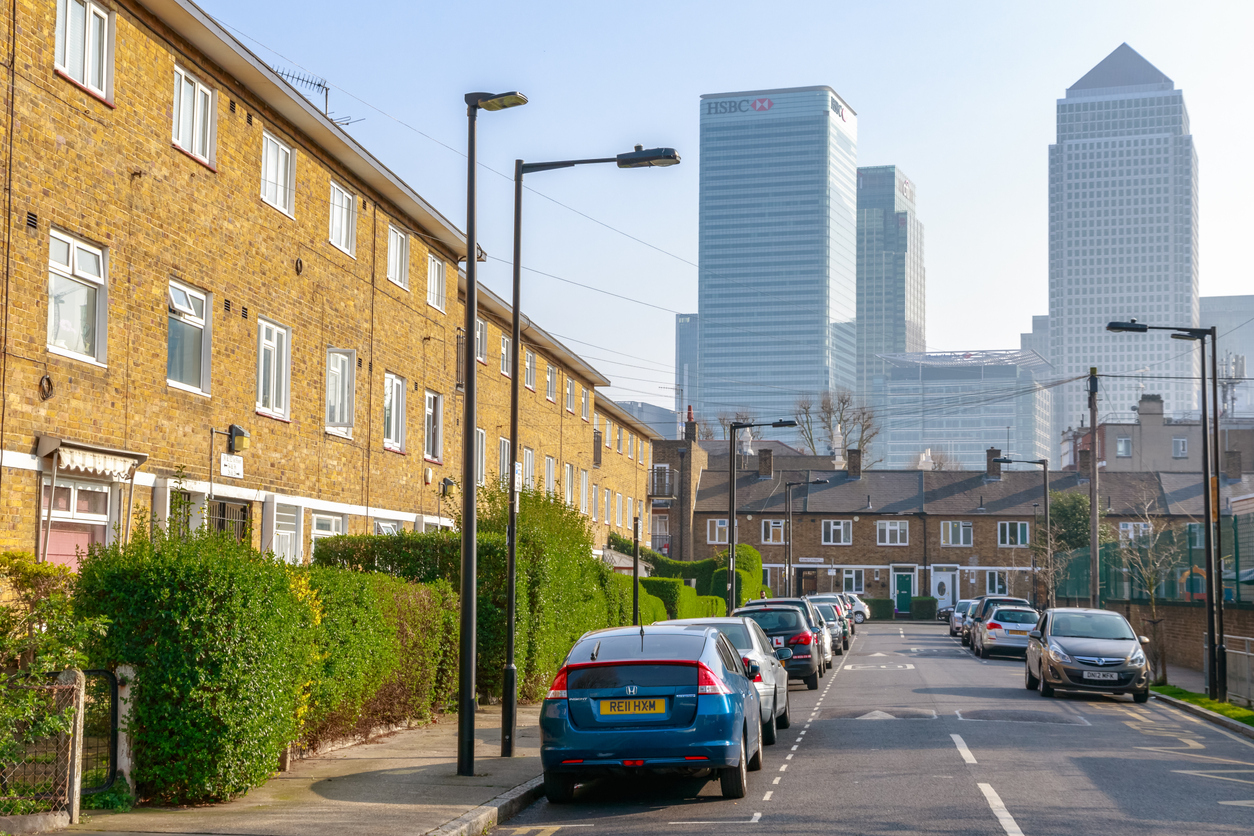



With London’s high property prices and rental costs, council flats provide a much-needed solution for residents seeking affordable housing. Managed by local councils or housing associations, council flats are rented at below-market rates to eligible individuals or families. However, due to high demand, getting a council flat in London can be challenging, with long waiting lists and specific eligibility criteria.
This guide covers everything you need to know about applying for council flats in London, including eligibility requirements, the application process, and tips for navigating the system.
Council flats are social housing units provided by local authorities (councils) or housing associations. They offer affordable rental accommodation to people who cannot afford to rent privately or buy a home. Council flats are typically rented at rates significantly lower than the private rental market, making them a crucial resource for low-income households.
Eligibility for council flats is based on several factors, including financial circumstances, housing needs, and residency status. In London, priority is typically given to:
Each London borough may have slightly different eligibility criteria and priorities, so it's essential to check the specific requirements for the area you're interested in.
Applying for a council flat in London involves a multi-step process, and it's important to understand each stage to improve your chances of securing housing. Here's a step-by-step guide:
To apply for council housing, you must first register with the local council in the borough where you live or wish to live. Most London councils have an online registration system where you can create an account and submit your application. During registration, you'll need to provide details about:
You can register with more than one council, but this may require applying individually to each borough.
Once registered, you'll need to complete a housing application that provides more in-depth information about your circumstances. Councils will use this application to assess your level of need and determine your priority status on the housing waiting list.
Ensure all information is accurate, as providing false information can result in delays or rejection of your application.
If your application is accepted, you will be placed on the council's housing waiting list. The length of time you'll wait for a council flat depends on your priority status and the availability of housing in your chosen borough. In London, waiting times can range from several months to several years, depending on demand.
Your position on the waiting list is influenced by several factors, including:
Once on the waiting list, many London boroughs use a choice-based lettings system, where applicants can bid for council properties that become available. You can search for available properties through the council’s website or portal, view property details, and place bids on homes that meet your needs.
Properties are usually allocated to the highest-priority bidder, so it’s important to keep checking for new listings and bidding when suitable homes become available.
If your bid is successful, you will be invited to view the property. After viewing, you will need to decide whether to accept the offer. If you refuse an offer without a valid reason, your priority on the waiting list may be reduced, and it could take longer to secure another property.
London has one of the highest demands for social housing in the UK, which means securing a council flat can be challenging. Here are some of the common challenges:
Due to high demand, many applicants face long waiting times for council flats, particularly in popular or central boroughs. Some families may wait several years for suitable housing.
Council flats are limited, and demand often exceeds supply. This is especially true in areas with high housing demand, such as inner London boroughs.
In councils that use choice-based lettings, popular properties often receive multiple bids. Those with the highest priority, based on need and waiting time, are most likely to secure the property.
Given the long waiting times and high demand for council housing, it’s worth considering alternative housing options if you're struggling to secure a council flat:
Housing associations provide affordable housing similar to council flats but operate independently from local councils. You can apply for housing association properties through your local council or directly through the association.
Some councils offer affordable rent schemes, where tenants can rent properties at lower rates than market prices. These properties are typically aimed at people with low to moderate incomes who don't qualify for council housing.
For those who cannot afford to buy a home outright, shared ownership schemes allow you to buy a share of a property and pay rent on the remaining share. This can be a more affordable way to get onto the property ladder in London.
If you’re eligible for Housing Benefit or Universal Credit, you may be able to use these benefits to help cover the cost of private rent. Although private rent in London can be expensive, Housing Benefit can help make it more affordable for low-income households.
At Fraser Bond, we understand the challenges of finding affordable housing in London. Whether you’re navigating the council flat application process or exploring other affordable housing options, we can help you:
Council flats in London offer essential housing for those in need of affordable accommodation, but the application process can be competitive due to high demand. By understanding the eligibility requirements, how to join the waiting list, and alternative options, you can improve your chances of securing affordable housing in London.
At Fraser Bond, we’re here to assist you with your housing search. Contact us today for personalised advice and support on finding affordable housing or securing a council flat in London.